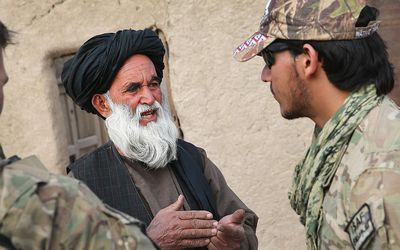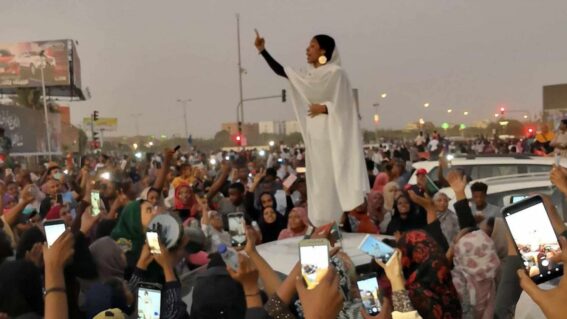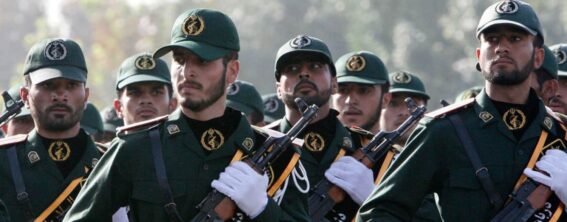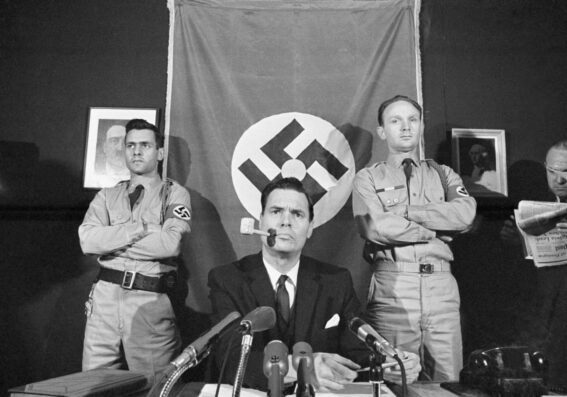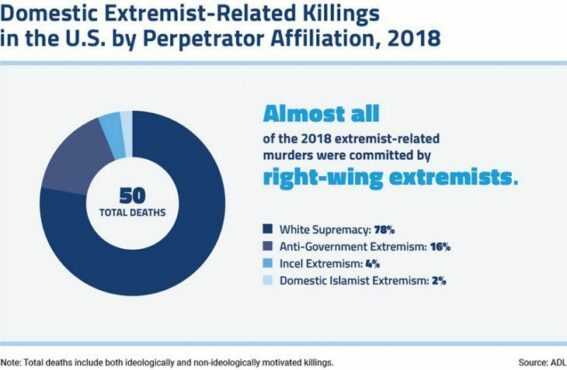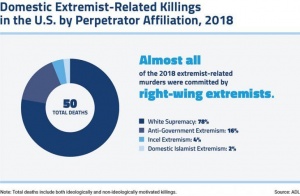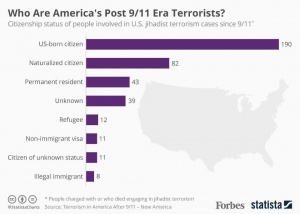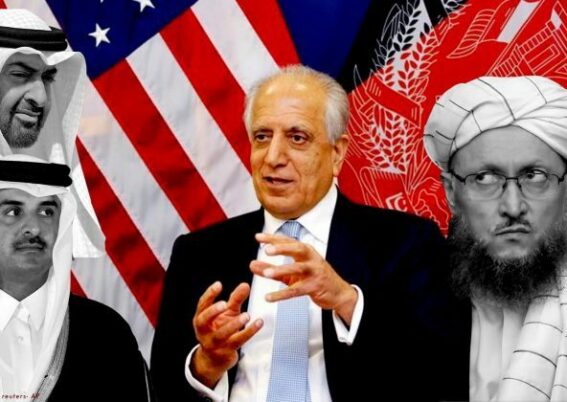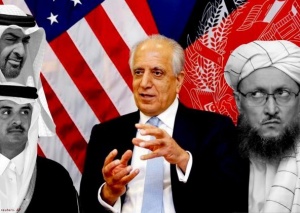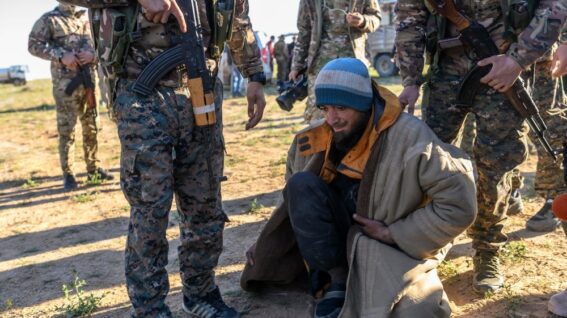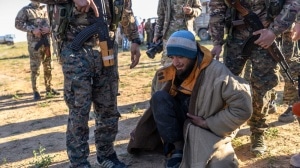On April 8, Theresa May turned to Twitter to make a bold statement. Upon the release of the United Kingdom’s Online Harms White Paper, a tweet noted, “The era of social media companies regulating themselves is over.” The 102-page policy document urges the establishment of new regulations which will hold all social media companies liable for harmful and extremist content. Is this a sensible way to deal with digital extremism?
Social media companies and platforms have a part to play in making the internet a safer place. In order to combat harmful content, the United Kingdom seeks to hold companies such as Google, Facebook, and Twitter responsible. Authorities in the United Kingdom plan to enforce penalties for harmful content, which would be a fine of 4% of global turnover or 20 million euro ($23 million), whichever is greater.
In addition to the fines, the United Kingdom aspires to create a regulatory body, and enact bans and restrictions on user content, limiting what citizens can view. Regulations on internet freedoms and bans will undoubtedly anger citizens. Countries such as Russia and China have similar authoritarian beliefs. Liberal democratic nations adopting parallel legislation potentially legitimizes such restrictions and can be viewed as a victory for extremists.
Overreaction by the government of the United Kingdom has extremely detrimental consequences. Changing online regulations and censoring citizens is a flawed legislative move. Passing this particular law encourages extremists because it shows their actions initiate socio-political change and cause legislative action. Further, it provokes pessimism in financial markets by causing a greater risk for tech startups.
Proactive responses to digital extremism and hoping to make the internet a safer place are at the core of the United Kingdom’s argument. The May government is correct in its mission, but its execution needs more work. Fining social media companies and censorship of user content seems more like a punishment rather than a solution.
The United Kingdom is faced with a few considerations should it proceed with the proposed White Paper. Public safety is of the utmost importance, as is the ability of free expression. Fining companies for the negligence of extreme content is justifiable. As extreme content lingers, it continues to spread. Thus, social media platforms are directly responsible for stopping hateful and extremist messaging.
Major social media companies — Facebook, Twitter, YouTube — must update their Terms of Service and ask all users to act as moderators. If content appears to be approaching an extreme or violent conclusion, it should be reported by the community. False reports regarding extreme content should have penalties as well, in order to ensure users are being responsible. This avenue permits millions to help protect cyberspace on their own terms. It would allow citizens to come together to combat online hate, which presents a powerful message against extremism.
If the UK plans on changing its online usage and how its users interact in online spaces, the people should have a say. The solutions in the United Kingdom’s Online Harms White Paper need to be more focused. The 12 weeks of consultation have begun and will end July 1st.
Currently, the resolutions to the proposed issues are very broad and seem severe. The best way to ensure a safer internet space is to create a unified community of users. Group accountability will help ensure the internet is a safer place as the people of the United Kingdom define it. This could be the beginning of a safer internet and a model for other countries.





